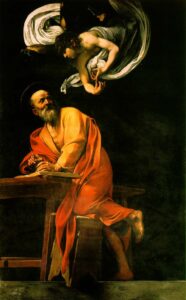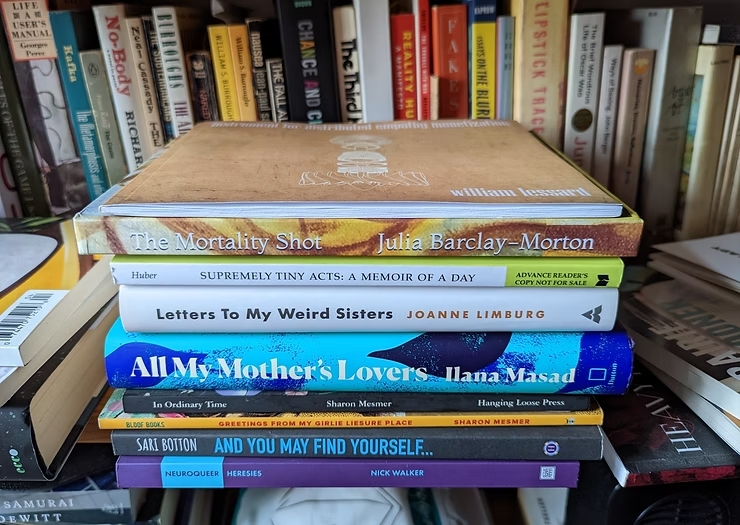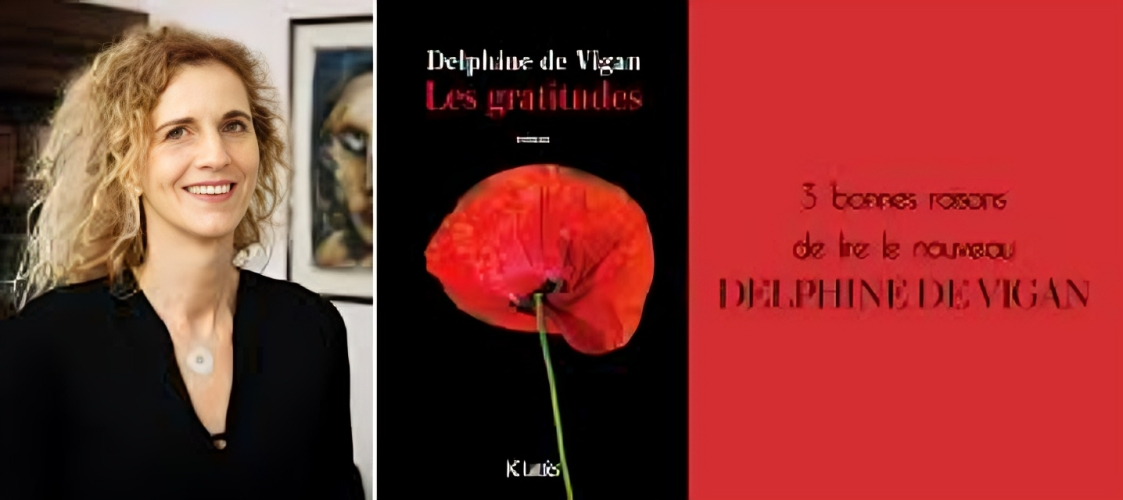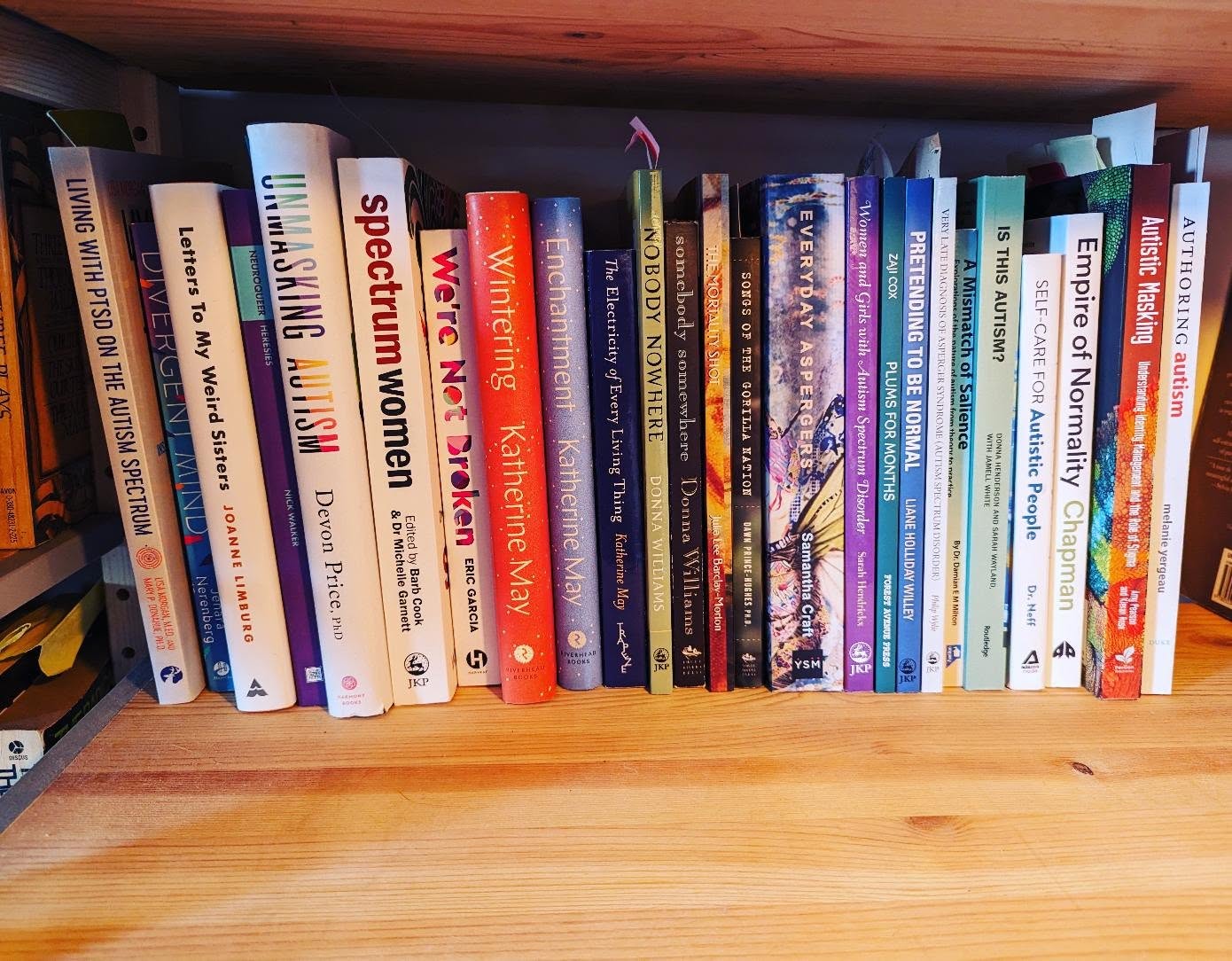
LISA DART – SURVIVAL POETRY AND THE VOICES OF EXPERIENCE
I interviewed Lisa Dart, finalist in the Grolier, Aesthetica and Troubadour Poetry Prizes and author of The Linguistics of Light (poems, Salt, 2008), Fathom (prose

All of us have a primitive prompter or commentator within, who from earliest years has been advising us, telling us what the real world is – Saul Bellow.
Picture a room with a boy in bed. The room is small and, though it has a child’s wallpaper with rockets and stars and a chest full of toys, it feels quite empty. Bare and untouched, as if it was a cell. It’s summer and the glow from the street spreads across the walls. The light is soft and grey, filtered through curtains. Outside, the boys are playing football, shouting; inside, the boy is talking to himself. He’s imitating voices – cartoon characters and the woman next door. He speaks with an accent, all la-di-dah. Next he tries cockney. When he imitates children his voice goes squeaky and when he mimics adults he talks into his boots. His impressions are funny.
On the landing, listening by the door, are his parents. They’re keeping quiet, enjoying the show. He doesn’t know they’re there.
The boy is me, or the me I remember. He’s the boy who invented stories that he told to his toys. A child alone, sent to bed early, keeping up a patter. A boy whose voice came from nowhere, broadcasting stories from the studio in his head.
When I wrote about it later, using the title ‘Their Child is Doing Voices’ (see the end of this blog), I used ‘he’ instead of ‘I’. Writing in third person opened up a space where I could see things more clearly. I began to think about the scene’s possible meanings. It was partly the feel – there I was, alone in a room, amusing myself – but also what it stood for. At the time I’d imagined desert islands or ‘Invisible Man’ exploits tunnelling through walls, but looking back now I realise that it was my first experience of writing.
Here’s how:

So the writer knows, like an actor, that the side of the room he’s playing in is cut away. He’s alone and he’s on stage. Like Matthew the Evangelist he’s composing at his desk with an angel at his shoulder. Part of him is listening carefully to how it comes across; the other is open to anything. Sometimes he reads out, sometimes he adlibs. He’s striking a balance between freedom and constraint.
When I wrote about this incident I added in an approaching thunderstorm. I do remember the hot, humid summers but the storm was poetic licence. So why add it?
The purpose was to pack in the hot spots, but also to give a full picture of the times and the feel, and say something bigger than the facts. I also wanted the flow of tension, building from a distance and ending, quietly, in rain. I was the boy, or the writer, in his own world, waiting for something larger to take over. Of course the experience was intensely subjective. As a child I was very pumped-up. But I hoped the reader would smile at the boy’s absurdity while enjoying his ambition to go beyond his physical circumstances.

I do think now that what we do when we write is signpost a pattern. And to do so we have to, as Kurt Vonnegut says, ‘Write to please just one person’. My childhood bedroom was one place where I could have it my own way. And that room with its voices, I now realise, was my first taste of facing a blank wall and writing on it. But also, my experience in that room led me to writing about the carving of St Matthew which appears in my novel Purple. Seen by my hero on a cathedral wall, the carving shows an angel speaking over the saint’s shoulder. The link is that my hero, Matthew Lavender, shares the Evangelist’s name – and they are both authors struggling with words in a private-but-public room.
The process of writing is about being given over to something beyond oneself. In this case, the language – Paul Muldoon
Here is a copy of the poem I wrote:
![Cork-lined 2[1]](https://leslietate.com/wp-content/uploads/2015/10/Cork-lined-21-300x225.jpg)

I interviewed Lisa Dart, finalist in the Grolier, Aesthetica and Troubadour Poetry Prizes and author of The Linguistics of Light (poems, Salt, 2008), Fathom (prose

I interviewed writer Julia Lee Barclay-Morton about her experience of autism. Julia began as an experimental dramatist in New York, moving to the UK to

I interviewed Gillean McDougall from Glasgow, who edited the collaborative projects Honest Error (on Charles Rennie Mackintosh and his wife Margaret Macdonald) and Writing the

I interviewed French writer Delphine de Vigan, whose book, No et moi, won the prestigious Prix des libraires. Other books of hers have won a clutch

I interviewed Joanne Limburg whose poetry collection Feminismo was shortlisted for the Forward Prize for Best First Collection; another collection, Paraphernalia, was a Poetry Book Society Recommendation. Joanne
| Cookie | Duration | Description |
|---|---|---|
| cookielawinfo-checkbox-analytics | 11 months | This cookie is set by GDPR Cookie Consent plugin. The cookie is used to store the user consent for the cookies in the category "Analytics". |
| cookielawinfo-checkbox-functional | 11 months | The cookie is set by GDPR cookie consent to record the user consent for the cookies in the category "Functional". |
| cookielawinfo-checkbox-necessary | 11 months | This cookie is set by GDPR Cookie Consent plugin. The cookies is used to store the user consent for the cookies in the category "Necessary". |
| cookielawinfo-checkbox-others | 11 months | This cookie is set by GDPR Cookie Consent plugin. The cookie is used to store the user consent for the cookies in the category "Other. |
| cookielawinfo-checkbox-performance | 11 months | This cookie is set by GDPR Cookie Consent plugin. The cookie is used to store the user consent for the cookies in the category "Performance". |
| viewed_cookie_policy | 11 months | The cookie is set by the GDPR Cookie Consent plugin and is used to store whether or not user has consented to the use of cookies. It does not store any personal data. |